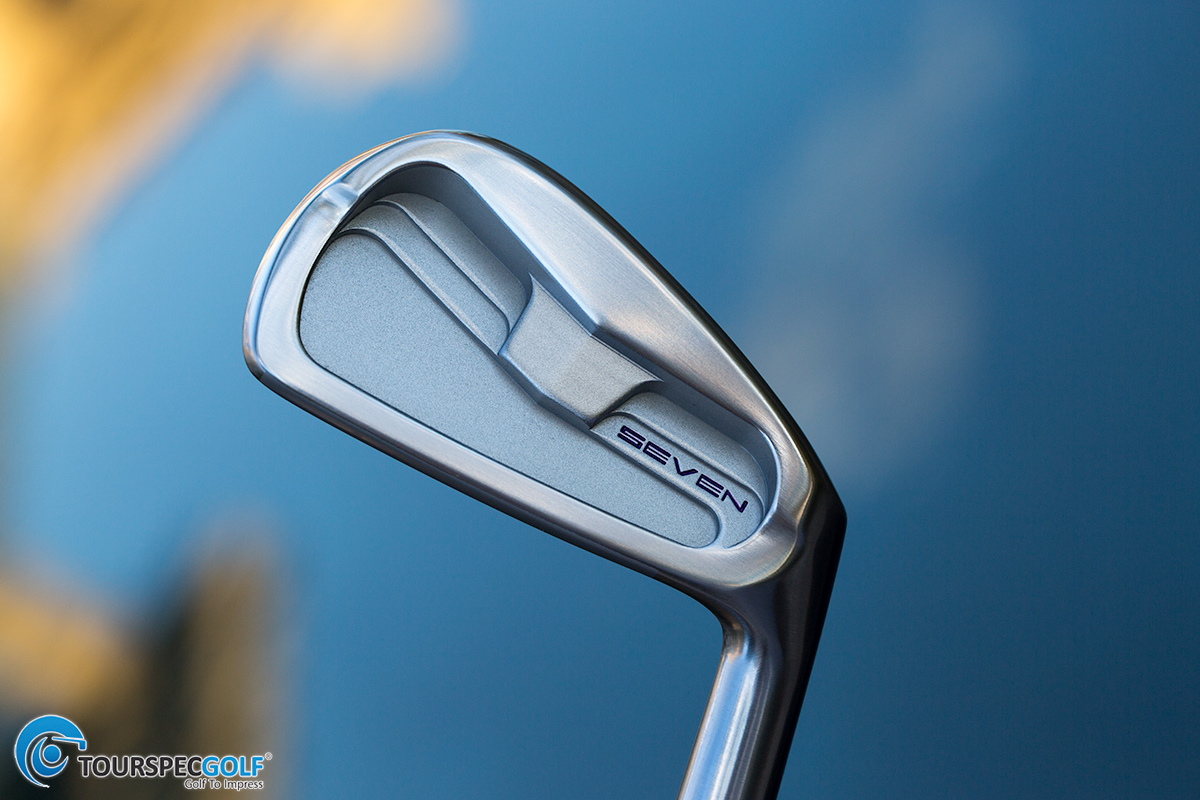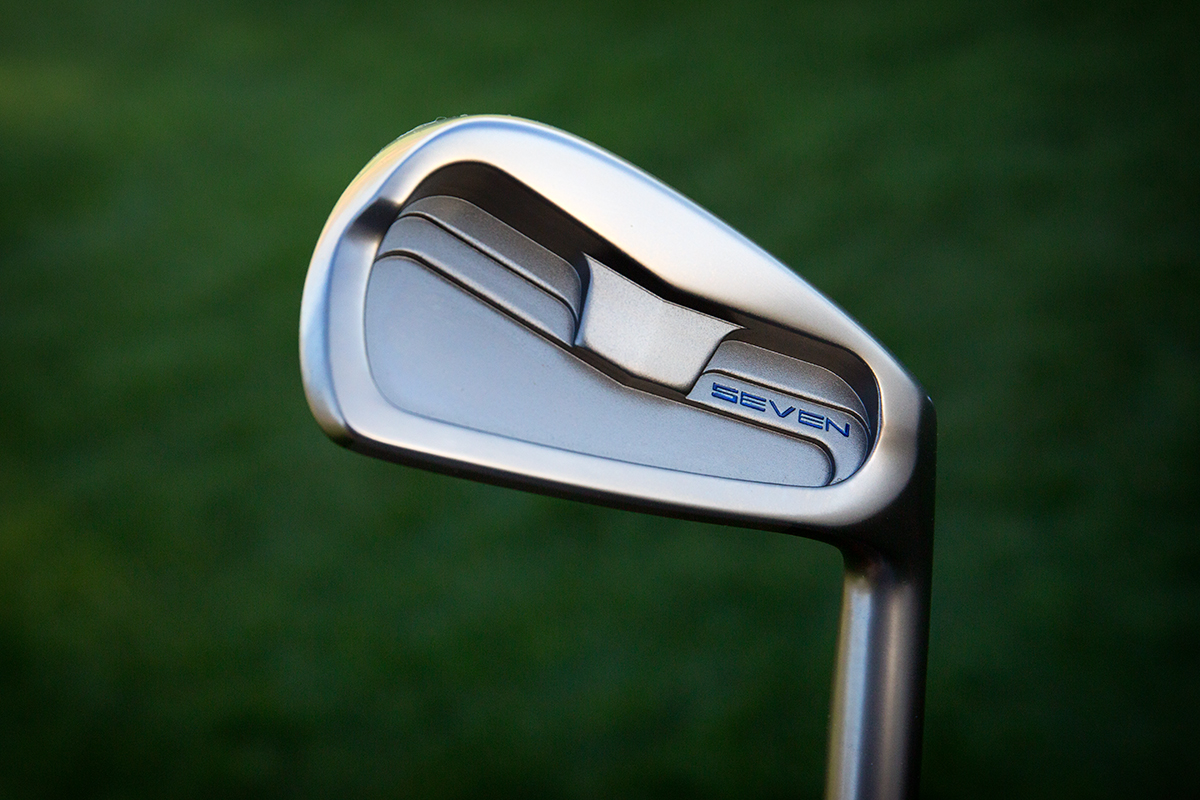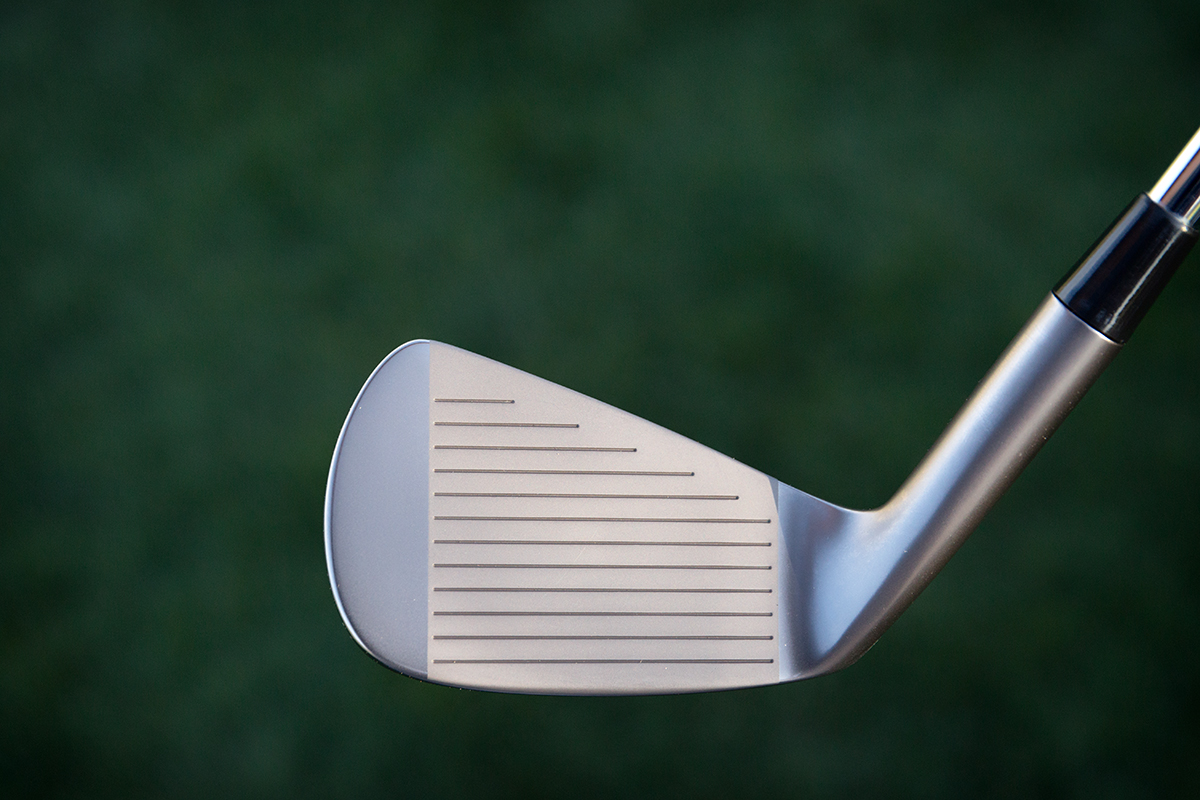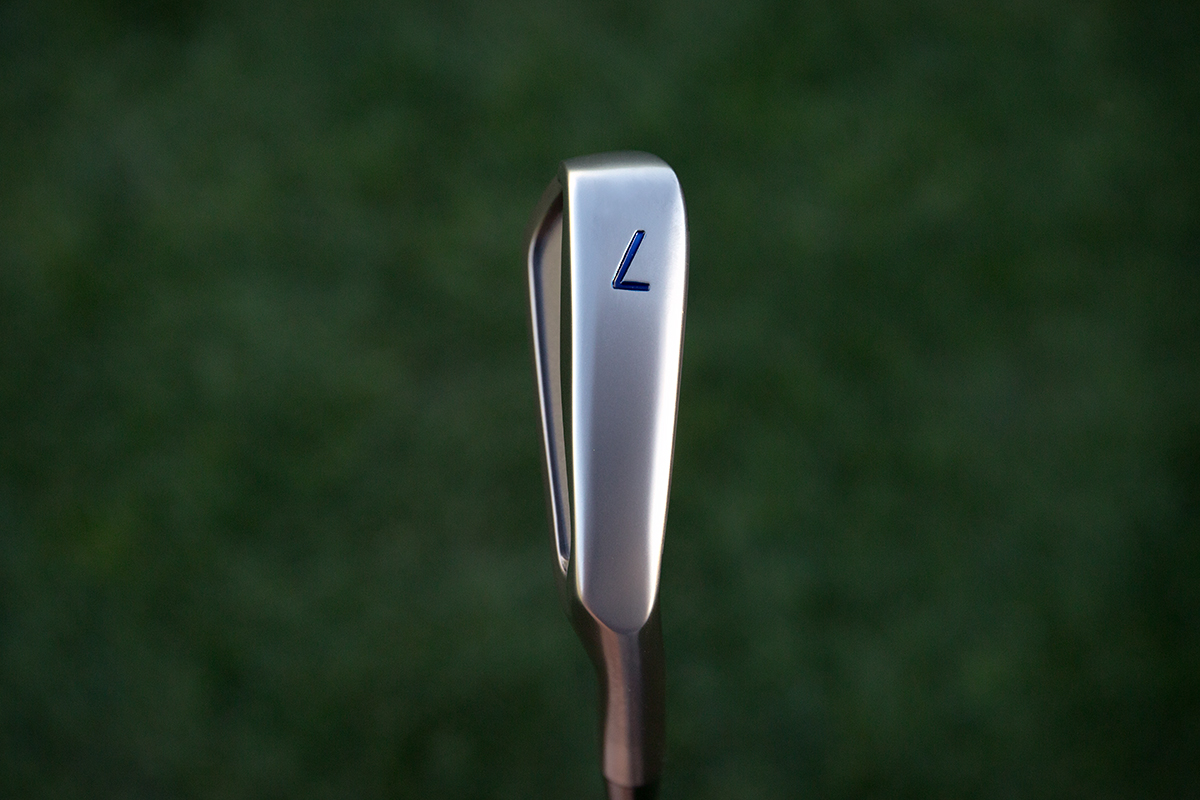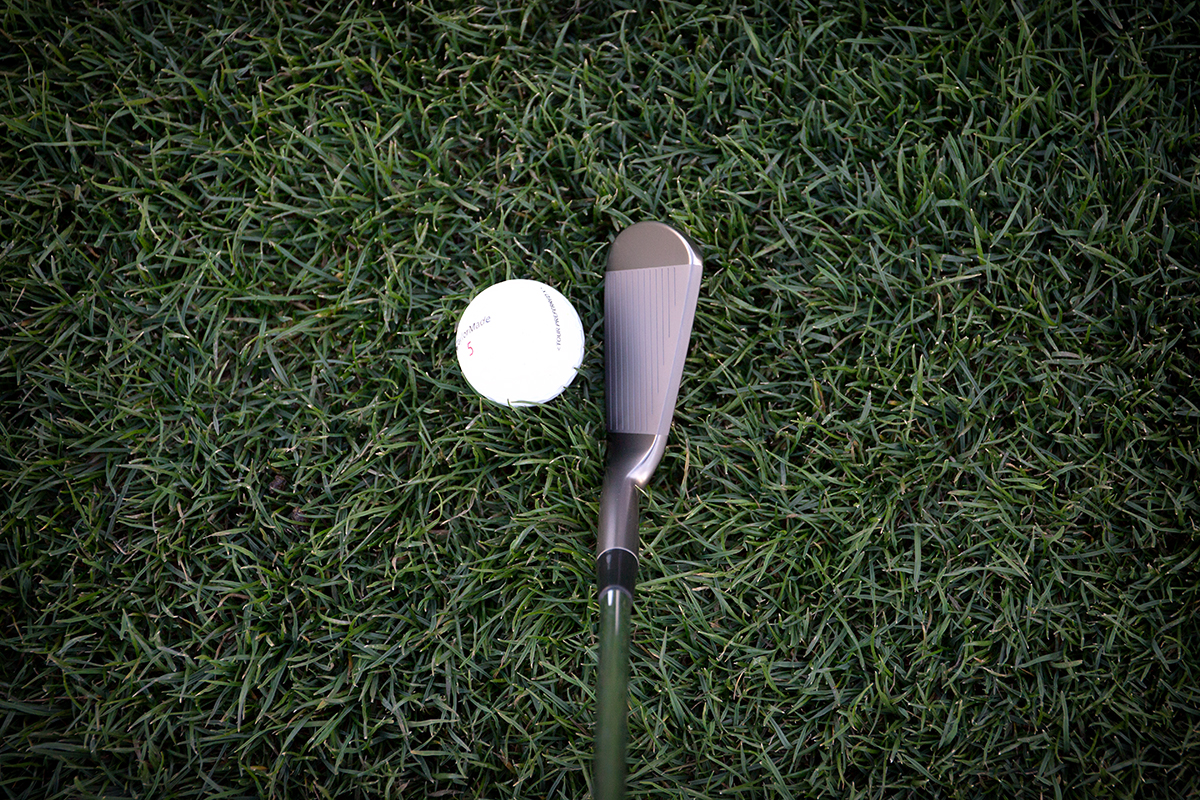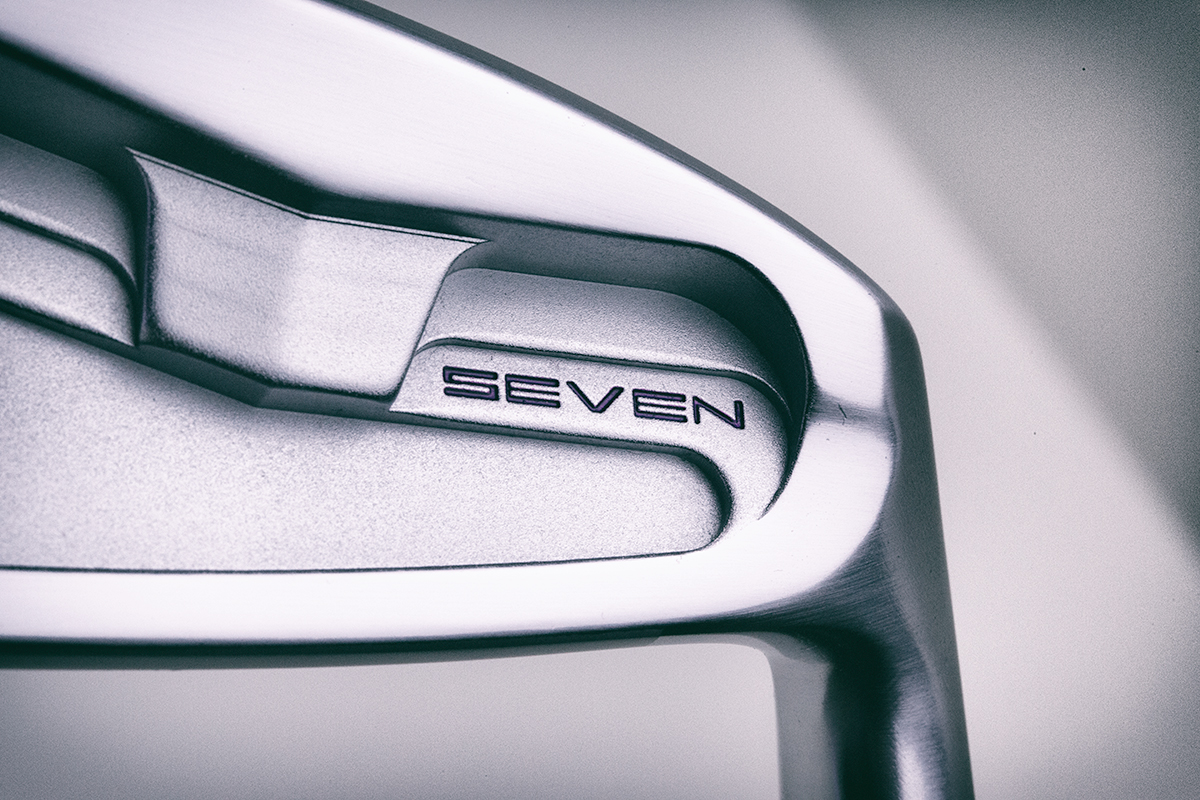Seven Advanced Design is only several months since its official launch yet it’s been years in the making. hundreds of sketches of different cavity backs, dozens of sample irons from other brands combined with over a decade of listening and learning about what our members truly desire from a compact players iron.
Learning the Japan golf industry inside and out has helped a lot, knowing where and how other brands get stuck, see’ing the life cycle of companies including their ups and downs and understanding why they rise and why they fall has allowed us to create a unique scenario for SEVEN.
In this post I will talk about the History of just 1 of our products, explain our concept and express thoughts that led to the final design… Enter the Seven Cavity Blade.
It started with sketches and many of them, then the hiring and firing of multiple 3D Cad designers, then visiting the factories to find out who had the ability to produce the product to our standard and then producing sample after sample over the course of 2 years then sending it to get CG tested then changing the material, then having design changed, then going over and over and over a similar process as there are boundaries and limitations to what the factories can do.
So what did we learn? That there is not one factory that can do it all so the next step was to have particular factories do certain tasks then ship to the next and the next and so fourth. Was it all worth it? We think so but it wasn’t cheap to get things done the way we envisioned our costs sky rocketed and all near the end of the process so it was too late to turn back, too much time and money invested and quite honestly I was just too damn excited to see what golfers would say about the feel, the performance, and the style.
Above is a photo of the cavity blade done up in soft black with blue paint fill, during early morning or late afternoon the orange in the sky gives it a purple hue. Originally we had opted for just S15C but during our testing found that SS400 which is FORGED not stainless feels really good as well SS400 is also a forged carbon material simply measured by tensile strength instead of carbon content, In terms of feel it comes is in between S15C and S20C.
The toe extends ever so slightly pass the groove and the neck is a little shorter these two features bring the CG to center rather than toward the heel, the center of gravity is mid/low positioned not considered very low as we wanted these irons to be workable and produce a piercing trajectory as they are geared toward the better player. We did have actual JPGA Tour Card holders test these irons and also professional ladies and across the board the praise for look and feel were extremely high.
100% Forged and Handmade in Himeji Japan using only Japanese materials the Seven CB was made to produce a soft pure feeling yet maintaining feedback on mishits. These “cavity blade” irons have a compact athlete profile designed to visually aid the golfer in focusing with an emphasis on feel and accuracy. The top line is very thin, sole has a slight trailing and leading edge grind and the lofts are traditional with the PW at 47* so this is not an iron geared toward distance.
S15C is no more in Japan it was always considered too soft which is why we used it in a design that would normally feel firm (designed for feedback) this balanced out too soft and firm really surprising us at how good it felt, so why go with 2 materials? well during our testing 1 of every 4 testers would say it’s a little too soft so we tested S25C and S20C and the feedback was those were both a hair firm and finally we found SS400 which was just right. What we noticed is pro’s like firm and this SS400 material which is in between S15C & S20C was perfect. All S15C sets come finished in brushed satin original, SS400 sets we kept raw at our warehouse to apply custom finishes.
Handmade, so what I wanted from the very beginning is all Seven clubs to be handmade as it all started with a handmade sketch and ends with hand done paint fill and assembly, even the satin is brushed by hand after it’s chrome dip. The “cavity blade” has a small touch that I felt was important, starting at the eight iron the second step in the cavity slightly blends into the top line. originally the CB had a thicker top line but I decided to go even thinner to have this feature, it does nothing for performance it just shows that the clubs are hand ground.
What Japan has that other countries don’t is the skilled craftsman and grind skills. Mass production can be done anywhere but the art of the grind can’t be as it’s a fading tradition that will only fade in time unless there is a following of purists to keep it alive.
So as this brand is part of TSG I’m going to reserve my review and leave that to our members, These are Edition 1 and will never be produced again. At the time of this post April 14th we have only 1 set of S15C irons left and a few more SS400 sets ready for the customers choice of finish and paint fill. So far Edition 1 wedges are sold out as well and S15C will be no more in all of Japan.

